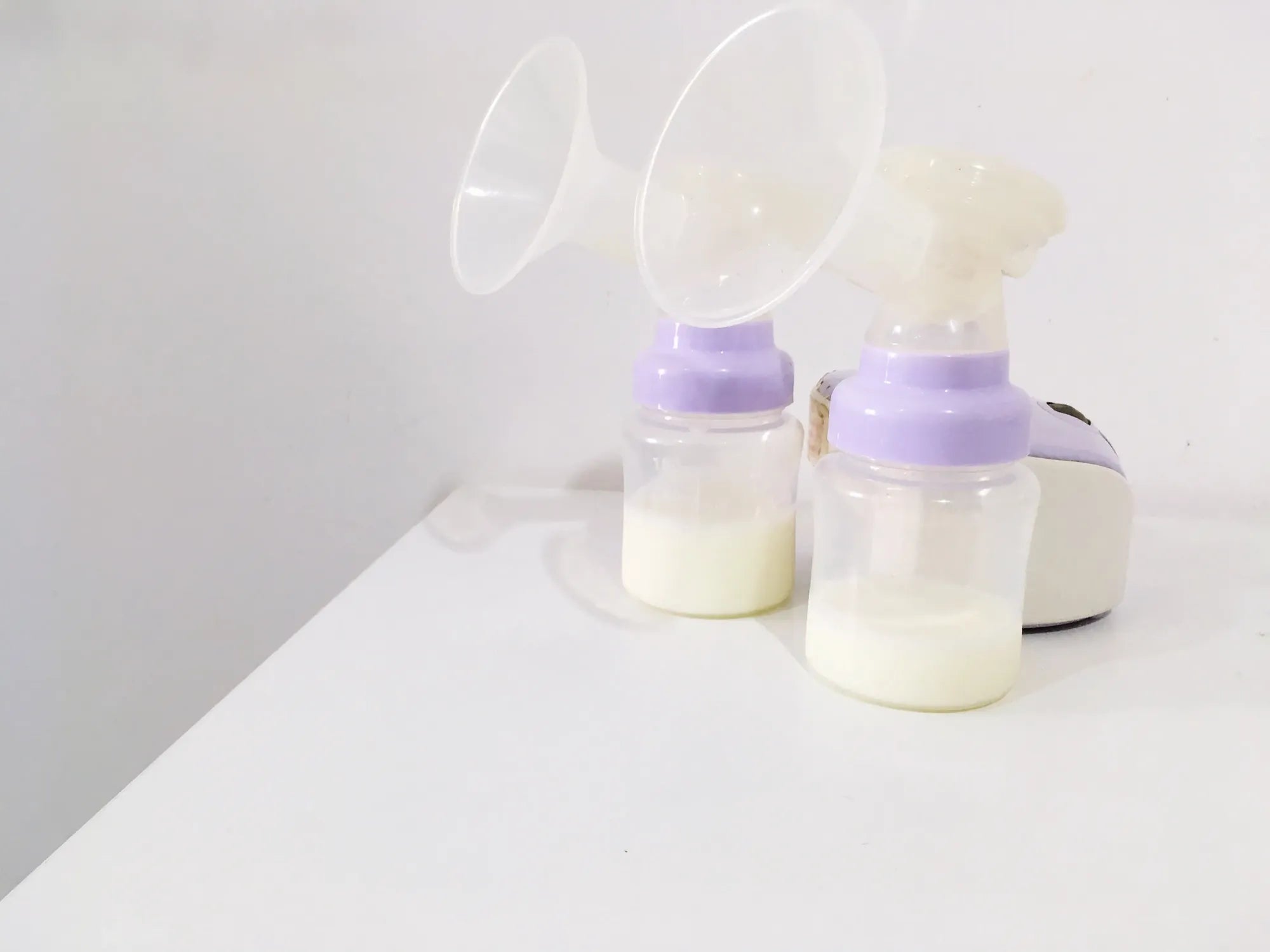Home
Pregnancy, Breastfeeding, and Pumping: The Ultimate Guide for Moms
How Long Should I Boil Breast Pump Parts: A Complete Guide

How Long Should I Boil Breast Pump Parts: A Complete Guide
When it comes to ensuring the safety and hygiene of breast pump parts, boiling is one of the most effective methods. But how long should you boil breast pump parts to ensure they are properly sanitized? This comprehensive guide will walk you through everything you need to know about boiling breast pump parts, from the correct duration to additional tips for maintaining cleanliness.
Why Boiling Breast Pump Parts is Important
Boiling breast pump parts is crucial for eliminating bacteria, viruses, and other harmful microorganisms that can accumulate on the surfaces. Since these parts come into direct contact with breast milk, which is then consumed by your baby, maintaining their cleanliness is essential for your baby's health. Boiling is a simple and effective way to sanitize these parts, ensuring they are safe for use.
How Long Should You Boil Breast Pump Parts?
The general recommendation is to boil breast pump parts for at least 5 to 10 minutes. This duration is sufficient to kill most bacteria and viruses. However, it's important to follow the manufacturer's guidelines if they provide specific instructions. Over-boiling can sometimes damage certain materials, so it's crucial to strike a balance between thorough sanitization and preserving the integrity of the parts.
Steps to Boil Breast Pump Parts
Here’s a step-by-step guide to boiling your breast pump parts effectively:
- Disassemble the Parts: Start by taking apart all the components of the breast pump. This includes valves, membranes, bottles, and any other detachable parts.
- Clean Thoroughly: Before boiling, wash all the parts with warm, soapy water to remove any milk residue. Use a brush to reach into crevices and ensure all surfaces are clean.
- Boil Water: Fill a large pot with enough water to fully submerge the breast pump parts. Bring the water to a rolling boil.
- Submerge the Parts: Carefully place the disassembled parts into the boiling water. Ensure they are fully submerged.
- Boil for 5-10 Minutes: Allow the parts to boil for at least 5 to 10 minutes. Use a timer to ensure accuracy.
- Remove and Dry: Using clean tongs, remove the parts from the boiling water and place them on a clean, dry towel. Allow them to air dry completely before reassembling.
Additional Tips for Maintaining Cleanliness
While boiling is an effective method, there are additional steps you can take to ensure your breast pump parts remain clean and safe:
- Regular Cleaning: Clean your breast pump parts after each use to prevent the buildup of milk residue.
- Use a Dedicated Pot: Designate a specific pot for boiling breast pump parts to avoid cross-contamination with food.
- Inspect for Damage: Regularly check the parts for signs of wear and tear. Damaged parts can harbor bacteria and should be replaced promptly.
- Store Properly: Once dry, store the parts in a clean, covered container to protect them from dust and contaminants.
Common Mistakes to Avoid
When boiling breast pump parts, there are a few common mistakes that can compromise their cleanliness:
- Insufficient Boiling Time: Boiling for less than the recommended 5 to 10 minutes may not effectively kill all bacteria.
- Overcrowding the Pot: Ensure there is enough space in the pot for the parts to move freely and be fully submerged.
- Using Dirty Water: Always use clean, fresh water for boiling. Reusing water can introduce contaminants.
- Neglecting to Dry Properly: Moisture can promote bacterial growth, so it’s essential to let the parts air dry completely.
Alternative Sanitization Methods
While boiling is a popular method, there are other ways to sanitize breast pump parts:
- Steam Sterilizers: Electric steam sterilizers can be a convenient alternative to boiling, offering quick and effective sanitization.
- Microwave Sterilizing Bags: These bags are designed to sanitize breast pump parts in the microwave, providing a fast and easy option.
- Chemical Sterilizers: Some parents opt for chemical sterilizing solutions, though it’s important to rinse the parts thoroughly afterward to remove any chemical residue.
Ensuring your breast pump parts are properly sanitized is a vital step in maintaining your baby's health. By following the recommended boiling time and additional tips, you can keep your breast pump parts clean and safe for use. Remember, a little extra care goes a long way in protecting your little one from harmful bacteria and ensuring they receive the best nutrition possible.
Share
